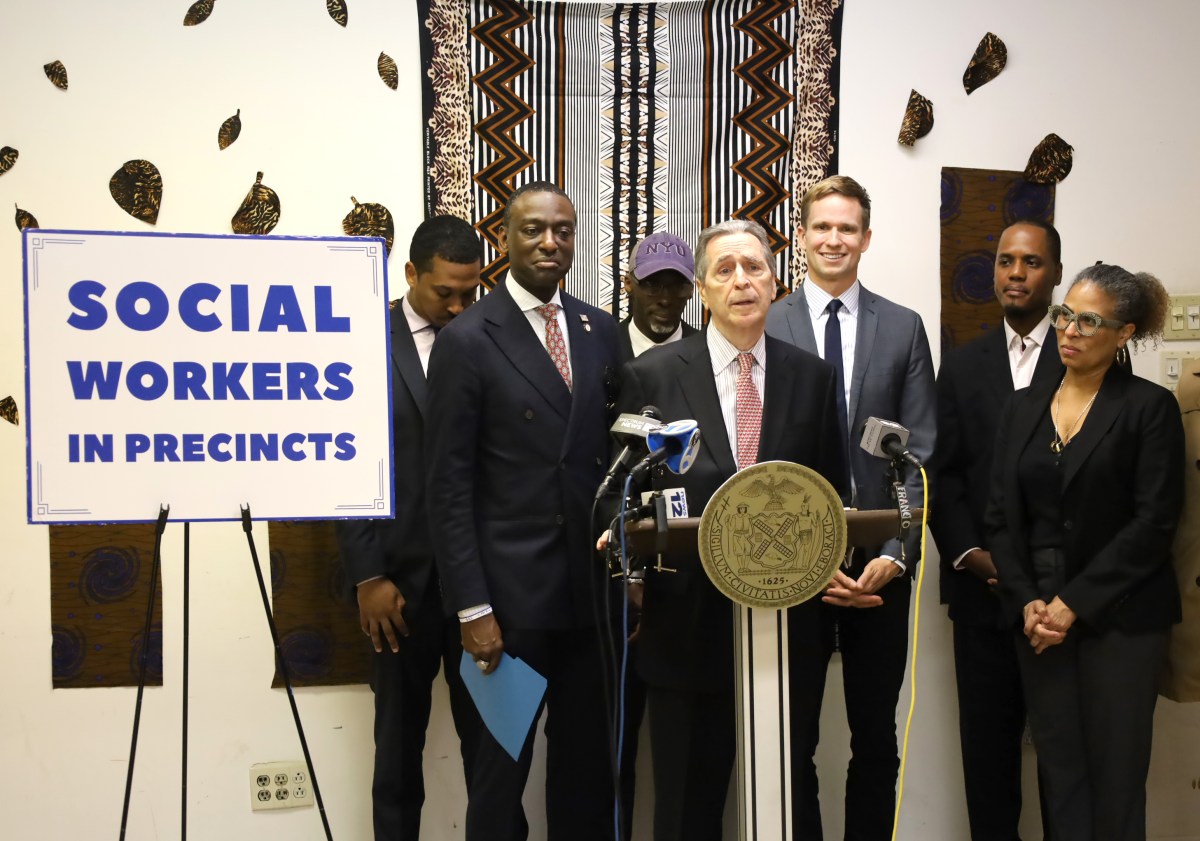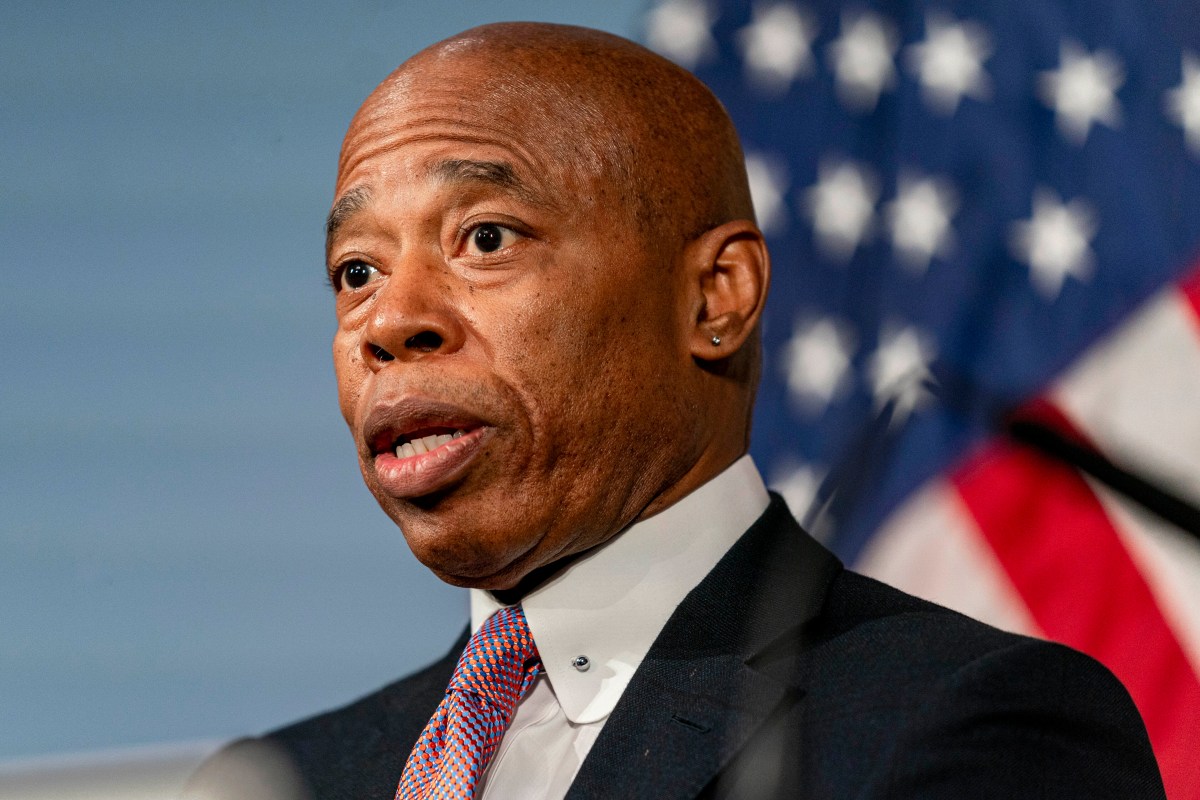There has been lots of activity these past weeks and months concerning stimulus packages. Legislation passed, executive branch initiatives – federal, state, local discussions about impact. What does it all mean for small business? The brief answer is – who knows?
The goal is certainly to stimulate our economy and get things back on track. The hope is at least for stabilization so that we can take a breath and think about moving forward. The fear is that nothing will result and we will continue a downward spiral.
The myriad of stimulus proposals are an acronym lover’s dream. While most people are aware of TARP – Troubled Asset Relief Program and ARRA – American Recovery and Reinvestment Act of 2009, these are actually only just a few of the pieces of the overall stimulus plan.
Some of these programs are intended to enhance liquidity and get the markets moving. Some of them are intended to get consumers (individuals and entities) spending again. Some of them are aimed at capital access (commercial).
On the capital access side, financial institutions will see an increase in the maximum bonds they can finance and an increase in tax deductions for purchasing tax-exempt bonds. There will be new categories of bonds (chiefly those that can be issued by Industrial Development Agencies), including those related to school construction, specific targeted investment areas and renewable energy projects.
Much is being said about plans for SBA (U.S. Small Business Administration), hoping these plans will result in increased small business funding. Some of the changes for SBA will result in a lowering of fees and costs on SBA related loans.
Another promising section of ARRA is the one, which may enable the refinancing of some existing SBA 7A and 504 loans to enable the borrowers to take advantage of lower interest rates. Cheaper money is always a good thing.
Part of ARRA also provides additional money to SBA for operational oversight and improvements (meaning SBA will hire small businesses to do these things). There are proposed subsidies for small businesses (including current SBA borrowers) who are suffering hardships; and small loans to existing SBA borrowers via a 100 percent guarantee to the lenders.
TARP is being relied on as a major incentive for a flow of money from banks to businesses. TARP was supposed to provide low-cost capital to the banking system, which would then be utilized by the banks for an increase in commercial loans. This has not happened as of yet.
ARRA does provide for SBA to make direct loans to secondary market broker-dealers to purchase SBA loan pools – which could get that world moving.
On the “indirect” capital access side – there are numerous tax cuts and credits in the legislation and plans. Anytime a business can save money, which would otherwise be spent on taxes, it provides them working capital.
Tax cuts and credits for individuals will help consumers have more spendable money, which will benefit the businesses they patronize. In addition, social security recipients and retired state employees will get extra money in their checks – more money to spend with local small businesses.
The investment in our nation’s infrastructure – in public transit, highways, energy and healthcare related projects – should directly help our small businesses. For every federal, state and local project, there will be opportunities for small businesses to get subcontracts.
So, will the stimulus proposals stimulate or stabilize our economy and help our small businesses to survive and thrive? I will be happy with stabilization so we can start moving forward. I am hopeful we will see some real stimulation – of business, the secondary market, the lending community. Stay tuned . . .
Roz Goldmacher is President/CEO of the Long Island Development Corp./Greater New York Development Co.

































